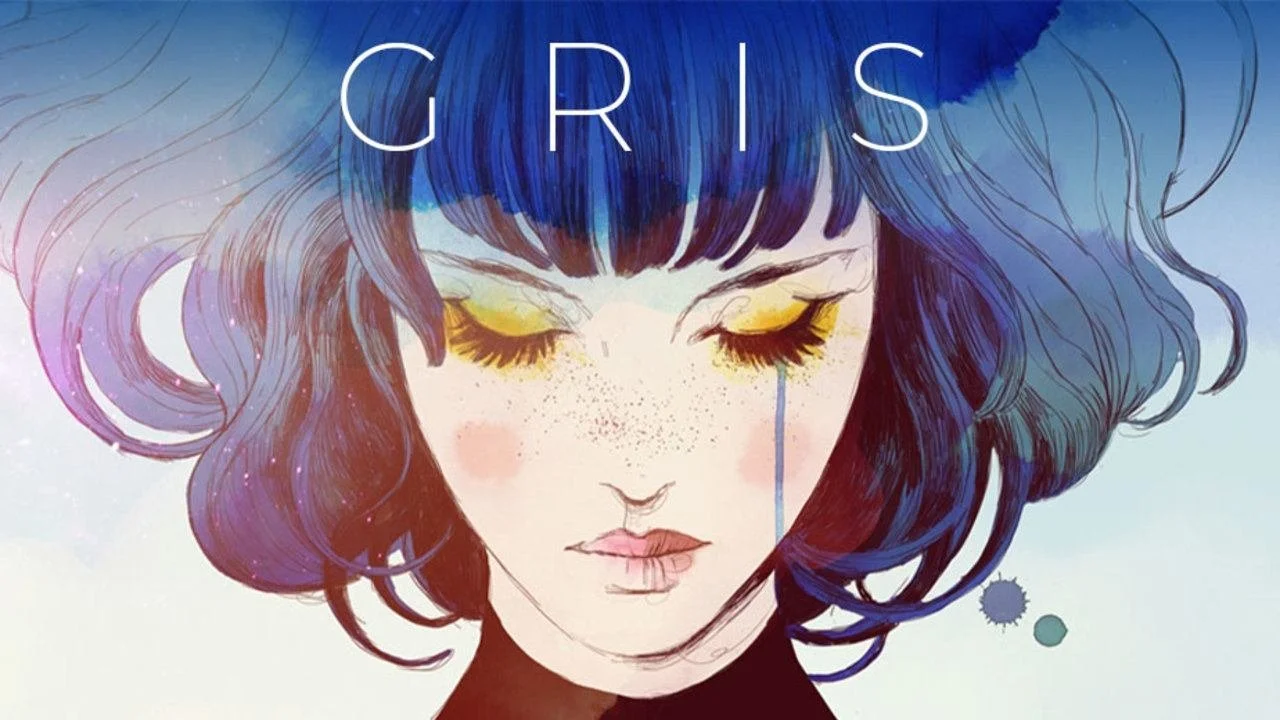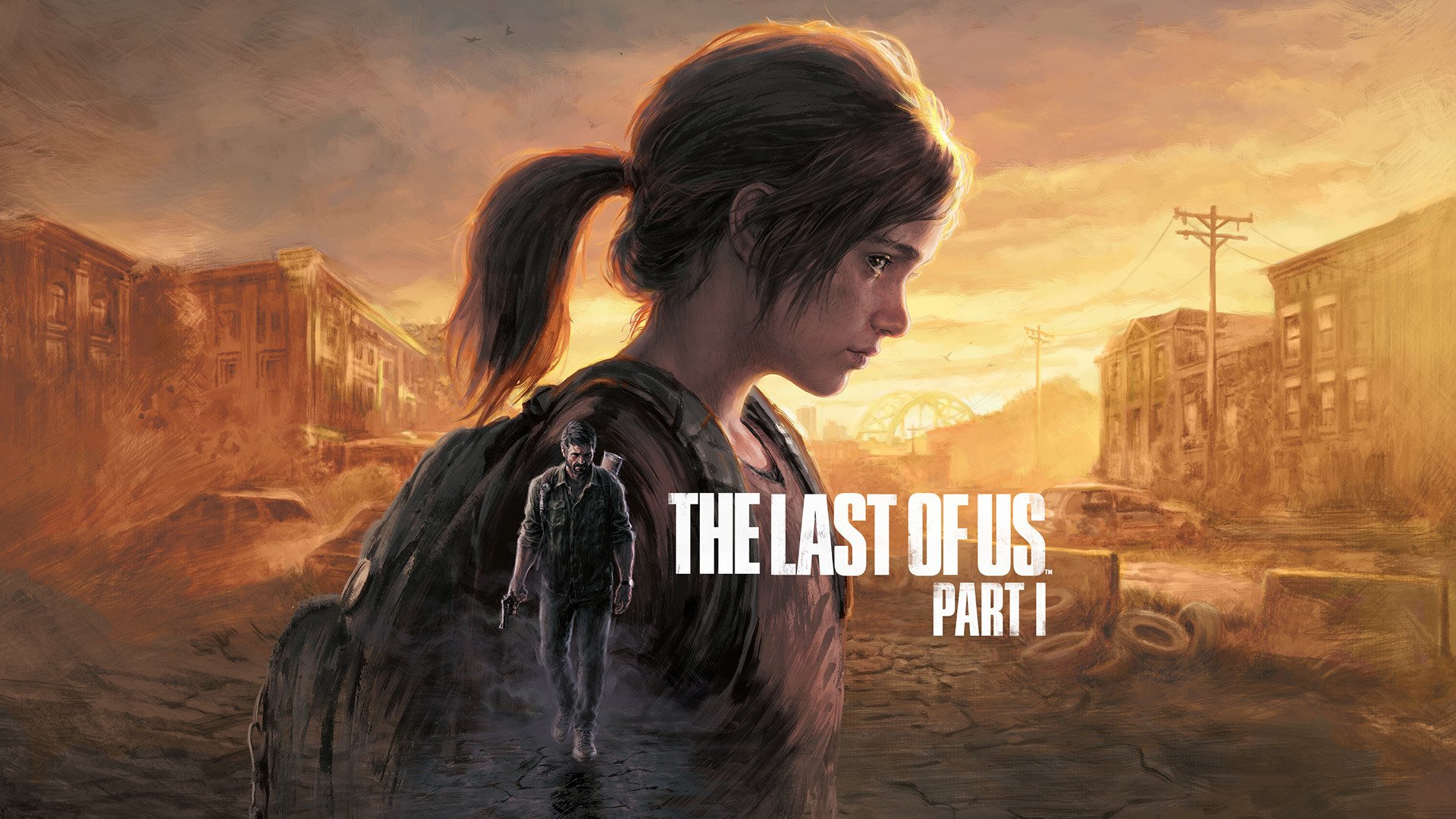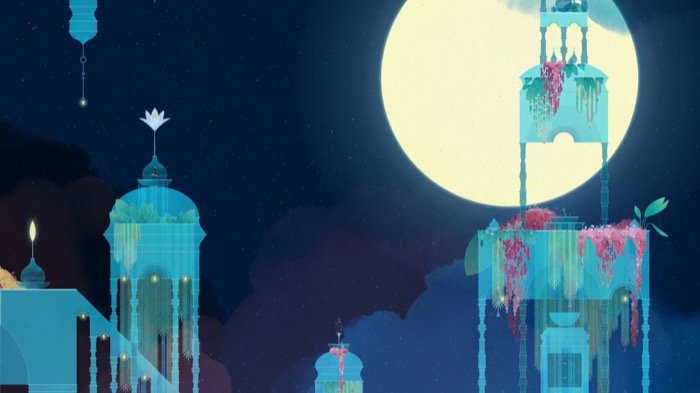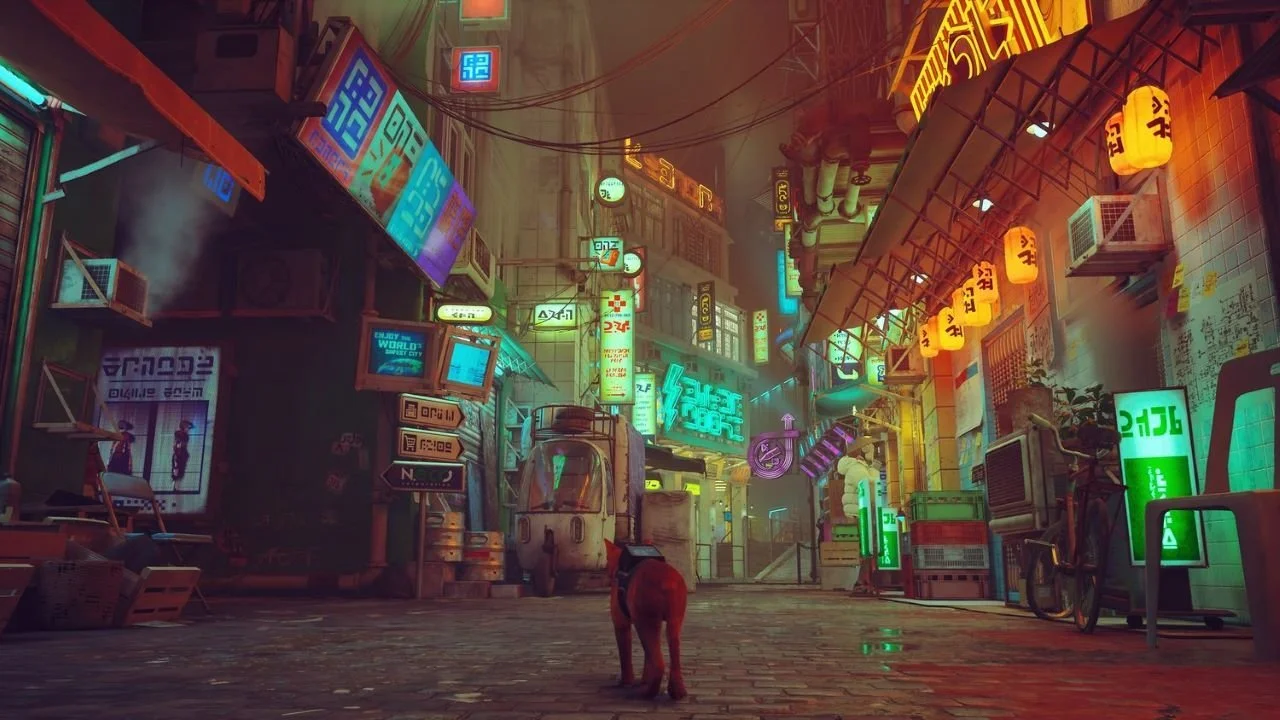How 'Gris' Is An Indie Game Masterpiece
Indie games have grown in quality and quantity over the years. I think you can even find more innovation and risk in those games from small companies than in the huge Triple As. There is usually an art that exploits to the maximum the resources of the video game medium. Gris, released in 2018, is no exception.
It's a game that's about almost 4 years old now but doesn't lose its freshness or level. It is a narrative and emotional experience like few others within the market and that is why I think it is important to review it and keep it relevant.
RELATED:
Story
The game begins with a girl lying in the palm of a huge stone hand. She sings and then she can sing no more. The hand is destroyed, and she falls into the void. And so the gameplay begins with this turquoise-haired girl in a black dress squatting on the ground. Her name is Gris, although she is never explicitly mentioned - there is no dialogue in the game-. At first, the landscape is purely colorless. And the first action the player can take is to lift her up. The player can feel the effort she must make to stand up. And the ensuing effort to be able to walk. She goes step after step and then she falls back.
Through her reactions and expressions, you feel the vulnerability of a character who is somehow at the lowest point in her life. Since there is no dialogue or explicit text, the interpretations that a game like this can cause are even freer, but the lack of color and the effortful movement of the protagonist gives rise to this hypothesis: it is a game in which the narrative is expressed all the time through its art, mechanics, and gameplay, generating a poetic atmosphere and implicitly narrating the healing of a girl who was in the deepest depression.
Gameplay
The game is essentially a 2D platformer with the classic walk, jump, double jump (or "dash") mechanics. In this way, the player must manage Gris through different exquisitely crafted scenarios with the particular goal of reaching her healing. To get there, she must collect stars along the way, found by exploring and solving puzzles, which serves to unlock each level and thereby advance narratively. Consequently, the mechanics used in this game are mostly related to movement.
However, the gameplay is a step further within the platformer genre and that is related to the story itself. In this way, apart from the aforementioned mechanics, the mechanics of turning into a rock and singing are added. This serves pragmatically for the functionality of solving certain puzzles that are otherwise unsolvable. But they serve one more function and that is what makes this game so unique: they are mechanics related to the narrative and that constantly reflect the emotional process through which Gris is going through. It can be said that the ludo-narrative resonance of this work is impeccable.
There is no death in this game; in any case, it is the stagnation of not knowing how to solve some obstacle. And that gives priority to the main focus of what this work means to me: an emotional experience, in the manner of Journey (2012) or the most recent Sable (2021), where there is no combat to advance, if not the very advancement of the journey is the gameplay itself. Combats or the typical way of losing cause of low life (as in more traditional platform games, such as Super Mario Bros (1985) or a contemporary one like Celeste (2018)) are replaced by the resolution of puzzles and the experience of the game itself.
Graphics
The graphics are made up of exquisite 2D artwork. They were designed by the artist Conrad Roset. They immerse the player in a poetic world. The art forms a universe dominated by the dreamlike and the fantastic and that contains five scenarios: a rocky wasteland shrouded in ruins, a desert of stones and windmills, a lush forest full of creatures, underwater caverns that oscillate between darkness and light, and a world of luminous buildings.
But the aesthetic is not only a decoration, it also fulfills a key functionality. For example, the design of colors, unlike games in which they are already used by default for usual tropes such as life or mana (green or red and violet, usually), is used here to reflect the emotional states of the protagonist. There is no interface, so the emotional landscape of tonalities is made to stand out even more, with as little visual interference as possible. From the grayish beginning, through the desertic brown soon after, the woodland green, the blue and aquatic blackness, and finally the almost pure light a whole spectrum of colors is formed facing a blackness that is sometimes represented in the form of pure viscosity, abysses or strange creatures that convey the story itself: a girl who is in the purest depression and that gradually transforms into healing, not without obstacles to get there.
Pros And Cons
I can't stop naming the elements in favor of this game: its exquisite art, its organic gameplay, and its poetic and deep narrative. It is in itself a sensory and emotional experience that has several puzzles, some more complex than others, but that add up to an entertaining experience.
What I can say is that it may not be a game for everyone. If you are a person looking for a game that prioritizes action, blood, and speed, this is not one of them. It is a game where you have to be patient and immerse yourself in the atmosphere. In that sense perhaps, at times, there is a slight imbalance in terms of the difficulty of some puzzles that hinder the narrative, but that's the only thing I can say against it. You can tell that it is a game developed with a very high level of perfectionism.
Verdict
Gris is a mixture of elements from the tradition of classic 2D platform games with an aesthetic, emotional, and narrative experience that leads the player to empathize without the need for words. Through five basic mechanics and five scenarios of five different shades, the gameplay is advanced by solving puzzles and through a narrative that prioritizes empathy with Gris' emotional state.
It's a very worthwhile indie experience and should be one of the best on the market. It is available on a variety of platforms: Microsoft Windows, macOS, Nintendo Switch, iOS, PlayStation 4, and Android.
Rating: 10/10
Developer: Nomada Studios; Publisher: Devolver Digital; Players: 1; Released: 13 December 2018; ESRB: Everyone; MSRP: US$ 16,99 (Steam).
READ NEXT:







